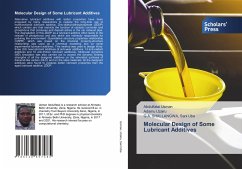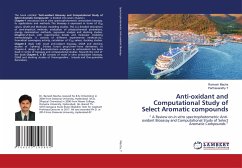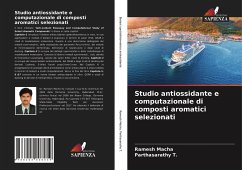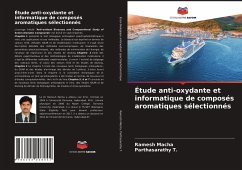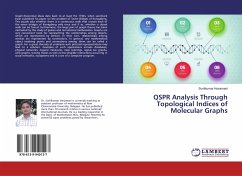
QSPR Analysis Through Topological Indices of Molecular Graphs
Versandkostenfrei!
Versandfertig in 6-10 Tagen
27,99 €
inkl. MwSt.

PAYBACK Punkte
14 °P sammeln!
Graph-theoretical ideas date back to at least the 1730's, when Leonhard Euler published his paper on the problem of Seven Bridges of Konigsberg. This puzzle asks whether there is a continuous walk that crosses each of the seven bridges of Konigsberg only once and if so, whether a closed walk can be found. Furthermore, the large part of graph theory has been motivated by the study of games and recreational mathematics. Graphs are very convenient tools for representing the relationships among objects, which are represented by vertices. In their turn, relationships among vertices are represented ...
Graph-theoretical ideas date back to at least the 1730's, when Leonhard Euler published his paper on the problem of Seven Bridges of Konigsberg. This puzzle asks whether there is a continuous walk that crosses each of the seven bridges of Konigsberg only once and if so, whether a closed walk can be found. Furthermore, the large part of graph theory has been motivated by the study of games and recreational mathematics. Graphs are very convenient tools for representing the relationships among objects, which are represented by vertices. In their turn, relationships among vertices are represented by connections. In general, any mathematical object involving points and connections among them can be called a graph. For a great diversity of problems such pictorial representations may lead to a solution. Examples of such applications include databases, physical networks, organic molecules, map colorings, signal- ow graphs, web graphs, tracing mazes as well as less tangible interactions occurring in social networks, ecosystems and in a ow of a computer program.



